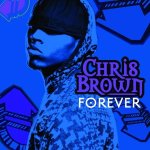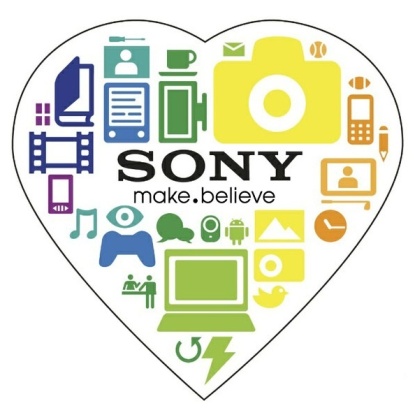RuPaul’s Drag Race (RPDR) is a reality television show in which the world’s most famous drag queen, RuPaul, seeks out the next generation of drag queens who are able to use their charisma, uniqueness, nerve, and talent to champion the art and its rich history. The intended market for this brand is anyone over the age of 21; their biggest sponsor being Absolut Vodka.
The protagonist in this story is the winner of the drag race. That being said, every competitor undergoes the hero’s journey to one extent or another as they all endure a transformation due to trials within the competition which result in their either winning or being told to “sashay away”. Competitors start by going through a series of trials (i.e., application process, mini challenges, main challenges, and runway walks) designed to test their drag related skills as well as their personal development (e.g., social skills, personal conflicts, etc.). By the end of the competition, regardless of the outcome for the competitor, they have likely learned something about themselves and their skills. However, the only true hero’s journey, based on a real and tangible outcome, resolution, or change that is definitive is the winner of the competition; they have the crown.
The archetype of this story is that of the magician. Competitors learn the art of transformation and are motivated by achievement. There are other archetypes which, in one way or another, are also represented within RPDR (e.g., Jester or Outlaw), but the competition is about transformation in all its forms and masteries within the art of drag.
A variety of media are used to bring the journey of the drag queens, as well as their art, to life for consumers. RPDR itself is the flagship of Logo.tv. All episodes of the competition, as well as a show called Untucked, and one called Drag U, are located on the site/channel. Untucked allows consumers a glimpse of the behind the scenes of the competition; a way to connect more personally with the competitors. Drag U is a spin off which allows women to participate with RPDR competitors to undergo their own version of a hero’s journey using the principles and art of drag. Both Untucked and Drag U allow resonance with the brand, as consumers are able to identify with competitors as well as picture themselves in their shoes.
Another way in which consumers can see themselves in drag stilettos is through the Dragulator. This is an online application which allows consumers to upload a photo of themselves and make themselves up in drag. They can then share the result via a variety of social media sharing options. In addition to the Dragulator, consumers can participate in live chat with competitors and fellow fans during the broadcast via LogoTalk. In addition to discussing the show as it airs, consumers are able to converse with and direct questions to the latest competitor to be eliminated via Elimination Lunch with Michelle Visage, also on LogoTalk. LogoTalk is a convenient way to participate in Twitter conversations which follow the given hashtags during the show, allow for stickers to be gathered on GetGlue (another achievement driven social media). One of the most prominent features of RPDR is the ability for consumers to participate.
While the hub of RPDR remains on Logo.tv, and links to all branches of the transmedia network, Facebook remains a more easily navigated and immersive place for participants to explore. Social media are used heavily within the network. While Facebook is an easy place to share photos, ask questions to promote conversation, and link to other elements within the network, Twitter is used heavily to connect consumers during the shows. Hashtags are given at random times during various segments of the show to promote consist discussion between viewers. Twitter is also used as a way for competitors to connect to their fans and promote their personal performances throughout the country.
Other media are used successfully to immerse consumers as well. An online game called Ru-Dunnit, allows consumers to play a choose-your-own-adventure mystery game with the fierce Michelle Visage as the gumshoe (or “gumstilleto”, as she says in the game). The goal of the game is to determine who stole Sharon Needles’s crown. The game includes product placement by Absolut Vodka, and clothing worn by suspects are consistent with drinks featured in the video. Another example of a game used in the story of the ‘Next drag superstar’ is the Best Friend Race. This is a game hosted by SocialToaster.com which allows for the collection of points which are earned by sharing elements of the network via social media, how many likes and retweets you obtain, and how many of your friends sign up to play the game. This allows those who are achievement driven (consistent with the goals of the Magician archetype) a goal related to the brand with inadvertently further promotes the brand and takes advantage of social networks.
RPDR uses transmedia storytelling to tell a variety of stories about what it’s like to be a drag queen, but also promotes an art form which tends to be, in and of itself, at the forefront of the acceptance of LGBT individuals and culture. By expanding the in-group inherent in RPDR supporters, a social cause is promoted as well.
References:
Mark, M., & Pearson, C. (2001). The hero and the outlaw building extraordinary brands through the power of archetypes. New York: McGraw-Hill. Retrieved from http://search.ebscohost.com/login.aspx?direct=true&scope=site&db=nlebk&db=nlabk&AN=63620
**The trading cards in the slideshow came from The LogoTV Tumblr page. Thanks guys! Great pics!**








